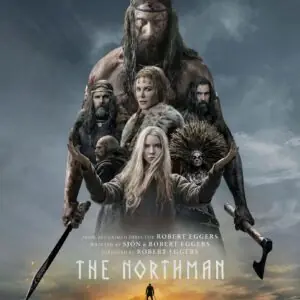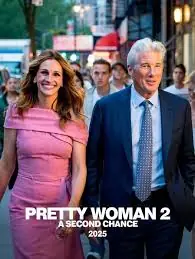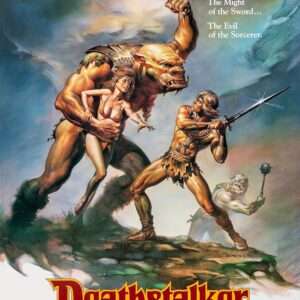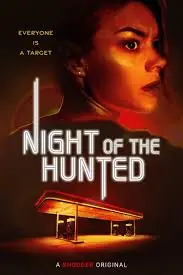The fifth installment of the Jason Bourne action series impresses audiences, largely thanks to the performance of 27-year-old Swedish actress Alicia Vikander.
Jason Bourne marks the fifth film in the iconic spy franchise, first celebrated in 2002. This sequel arrives four years after The Bourne Legacy and nine years after The Bourne Ultimatum. The standout of this film isn’t Matt Damon’s titular character but rather the introduction of Alicia Vikander, who plays CIA tech operative Heather Lee.

Initially, Heather Lee seems like a minor character, portrayed as a loyal subordinate to the CIA Director (played by Tommy Lee Jones). Assigned to track and eliminate Bourne, whom the CIA perceives as a threat, her character takes an unexpected turn midway through the film. Lee begins making bold, independent decisions, disobeying orders and pursuing her own agenda. By the end, her actions surprise not only her colleagues but also the audience.
Vikander’s natural and intensely focused performance brings depth to this complex character. Her resolute expressions, sharp gaze, and poised, cautious demeanor convincingly portray a seemingly fragile yet formidable agent. This role follows her Oscar-winning performance in The Danish Girl and her critically acclaimed portrayal of an intelligent robot in Ex Machina (2015).
While Vikander steals the spotlight, Matt Damon impresses with his portrayal of Bourne’s internal struggles. No longer the amnesiac assassin searching for his identity, Bourne now fully remembers his past. The film opens with him living a reclusive life, working as a bare-knuckle boxer in a remote mountainous region. His peace is shattered when former ally Nicky reveals information about his father’s mysterious death, pulling him back into the dangerous world of espionage.

Damon, returning to the role at age 46, delivers compelling emotional depth, particularly in scenes depicting loss and internal conflict. His portrayal presents a more relatable spy—one marked by vulnerability and introspection, in contrast to the glamorous, detached image of figures like James Bond. However, his action sequences feel less dynamic, possibly due to his age, suggesting this could be Damon’s final outing as Bourne.
Under the direction of Paul Greengrass, the film’s first half is filled with strategic mind games and meticulously choreographed action scenes. The large-scale protest sequence set in a Greek square adds realism, while the hand-to-hand combat maintains the franchise’s signature grounded style, avoiding CGI-heavy effects. Bourne’s combat approach remains pragmatic, utilizing everyday objects—like ropes or table legs—as weapons, staying true to the franchise’s authentic action aesthetic.
A standout car chase scene features Bourne pursuing the antagonist’s henchman (played by Vincent Cassel) through the streets, evoking memories of the legendary Moscow chase in The Bourne Supremacy. Similarly, sequences of Bourne tailing his target while being surveilled by the CIA echo the classic tension of The French Connection.
However, the film isn’t without flaws. Critics have pointed out the formulaic and predictable plot. Unlike the earlier installments, which offered a cohesive storyline about an amnesiac agent’s quest for identity, this sequel feels less compelling, with Bourne already aware of his past. The final act loses momentum, and the action scenes become less engaging. Overall, the movie lacks the originality and intensity that once defined the franchise.
Jason Bourne premiered in North America and Vietnam on July 29, potentially setting the stage for future spin-offs or sequels.





